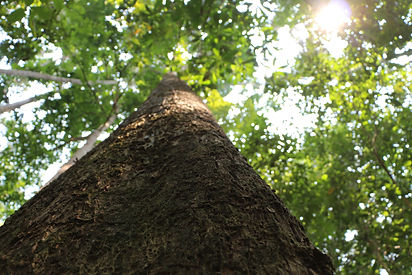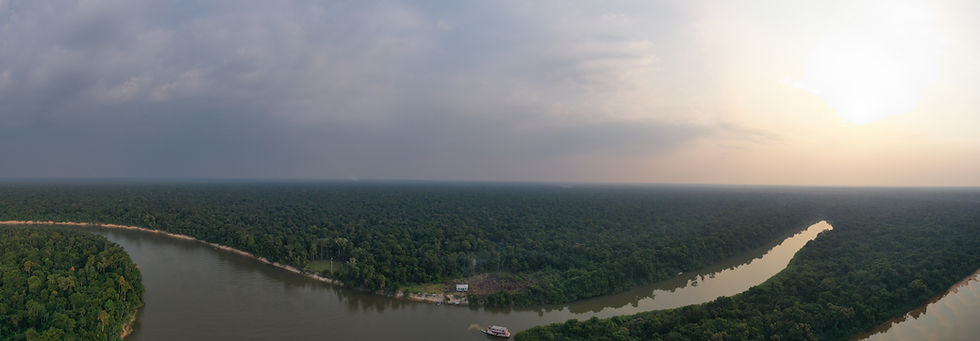
FOREST CONSERVATION PROJECTS
(REDD+)
The Projects' areas are located in the legal Amazon region where cattle raising is the main economic activity.
Legally, landowners would be able to deforest 20% of the areas for non-sustainable productive models – severely reducing the carbon stocks and potential intake.
The without-project scenario is forest degradation and deforestation for cattle ranching and soy plantations as a result of a lack of economic alternatives for forest conservation.


GOALS
Conservation of more than 300'000 ha of Amazon Forest

LOCATION
Legal Amazon, Brazil

TYPE
Forest Conservation (REDD+)

IMPACT
Economical alternative for forest conservation

IMPACT
Carbon dioxide storage

IMPACT
Ecosystem services provision and fauna and flora conservation
The Projects are registered under VCS and CCB Standards
Added to climate change mitigation impacts and ecosystem services provisions, the projects work with forest dependent communities in order to support their livelihoods and untagled the market limitations of a standing forest economy through the sustainable exploitation of rubber, Brazilian nuts, açaí and other non-timber forest products.


Environmental impacts
Conserving the world's biggest tropical forest
Conservation of more than 300'000 ha of Amazon Forest, located within Legal Amazon boundaries.
Conservation of more than 50'000 plants species, 1'300 birds species, 3’000 fish species, 427 amphibians, 378 reptiles and more than 300 mammals.
The projects generate more than 20 million tonnes of CO2e of avoided emissions, during its first 10 years.

Socioeconomic Impacts
Economical alternative & local livelihood

Consolidating viable economical alternatives for conserving forests.
Supporting local communities for developing non-timber forest supply chain.
Ensuring forest-dependent communities have their livelihood guarateed.





